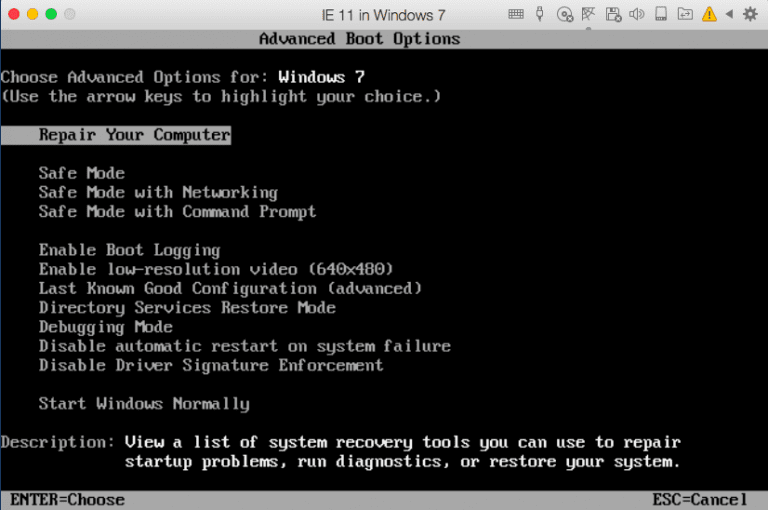

It could be that your Mac starts behaving strangely and displaying odd things on the screen. Viruses display a number of different symptoms, depending on the kind of malware they are. Malware is a much wider term used to describe anything malicious that finds its way onto your Mac - from apps you download thinking they were something else and which steal data to code that arrives on your Mac because you clicked on a link on a website and which shows you adverts or threatens to hack your computer if you don’t pay up. Technically, a virus is a bit of code that infects your system and can cause all sorts of havoc. While malware and viruses aren’t the same things, the steps taken to combat them are similar enough that we’re going to use both terms interchangeably. And the best security software for Mac should deal with both categories equally well. This virus gets on your Mac through an infected Word document. Delete the extensions that don't look right.Macro Virus is the new Mac-specific threat that was discovered in 2020.

Additionally, in Safari > Preferences, click on the 'Extensions' tab and make sure these are the ones you installed. Is it correct or a site you didn't add? Change the 'HomePage', as needed. Choose the 'General' tab and check the 'HomePage' listing. Uncheck any item that looks suspicious.įinally, go into the 'Safari' app and choose Safari > Preferences from the menu bar. Go into 'System Preferences', click 'Users & Groups', and choose the 'Login Items' tab. Next, take a look at the login items on your computer. It's here where you'll find files downloaded from the internet. You should also delete everything in the 'Downloads' folder.

Delete these apps by dragging them into 'Trash', then right-clicking and selecting 'Delete Trash'. After performing each, reboot your computer.įirst, take a look inside the 'Applications' folder on your Mac and look for unknown software titles. Without anti-virus software installed, there are other troubleshooting steps you can take. If malware has been detected, follow the directions for removal from your anti-virus software provider. Make sure the software is using the latest update. If you do, run a system scan immediately and see if it detects a problem. The first step depends on whether you already have an anti-virus software package installed. If you're convinced your computer has malware, there are a few things you can do to troubleshoot and hopefully resolve the issue.


 0 kommentar(er)
0 kommentar(er)
